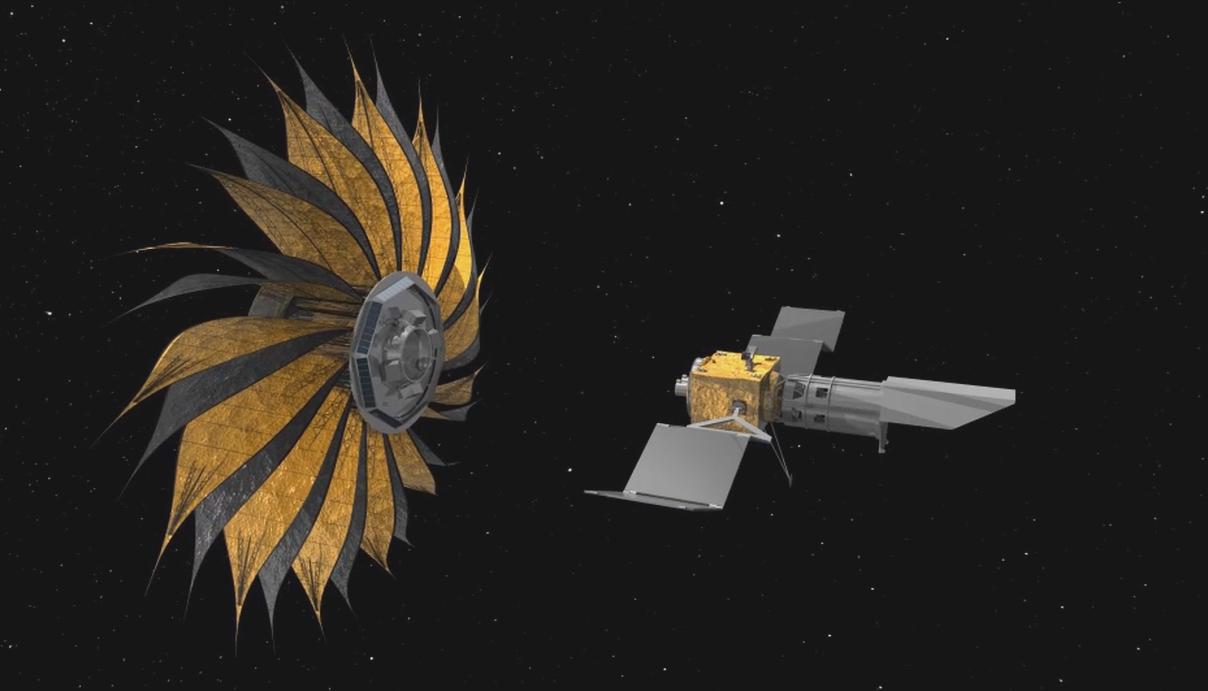Why Honda Civic Turbo Manifolds Are Essential for Boosted Performance
A turbo manifold enhances Honda Civic performance by optimizing exhaust flow, improving durability, and increasing boost efficiency. Thick piping and heat resistance ensure better throttle response, quicker spool times, and higher power output.
One of the most impactful upgrades when looking to elevate the power and performance of a Honda Civic is the installation of a turbo manifold. A turbo manifold is critical in enhancing engine efficiency by directing exhaust gases toward the turbocharger, which helps the engine achieve optimal performance.
This article will explore the importance of turbo manifolds for Honda Civics, mainly focusing on how thick piping and optimized flow significantly contribute to better power delivery and overall performance.
Introduction to Turbo Manifolds
A turbo manifold is a key component in turbocharged engines. It is designed to channel exhaust gases produced by the engine into the turbocharger. The gases are directed to spin the turbine, which in turn compresses intake air. This compressed air leads to increased pressure in the engine's intake, generating more power and efficiency. For the Honda Civic, using a high-quality turbo manifold ensures that the turbo system functions at its best.
The Importance of Thick Piping
One of the essential features of an efficient turbo manifold is the thickness of the piping. A thicker manifold with turbo allows for better heat resistance, maintaining the exhaust gases at higher temperatures, which optimizes the turbocharger's operation. Thicker materials also provide increased durability, which is crucial for withstanding the elevated temperatures and pressures present in a turbocharged engine. The denser the piping, the better the manifold can endure the stress of the increased exhaust flow, ensuring long-lasting performance.
Additionally, thick piping reduces the likelihood of warping or cracking, which can occur in manifolds made from thinner, lower-quality materials. This added strength guarantees that the turbo manifold will continue to perform effectively over time without the need for frequent replacements or repairs.
Optimized Exhaust Flow
The primary function of a turbo manifold is to efficiently guide exhaust gases to the turbocharger. To achieve the best possible performance, the manifold must be designed for smooth and direct flow. A well-optimized manifold minimizes resistance and turbulence, allowing exhaust gases to reach the turbo quickly and effectively. This leads to faster spool times, enhancing throttle response and overall performance.
For a Honda Civic turbo manifold, an optimized turbo manifold is crucial for achieving optimal boost levels. A smoother exhaust flow allows the turbocharger to spool more quickly, delivering power to the engine with greater efficiency. This translates to quicker acceleration, more top-end power, and a more responsive driving experience, especially in high-performance or racing settings.
Durability and Heat Resistance
Another key advantage of a high-quality turbo manifold is its durability and heat resistance. Turbocharged engines produce a significant amount of heat, and the manifold must be able to withstand these extreme conditions. Stainless steel, commonly used in the construction of turbo manifolds, is well-suited for this task due to its resistance to corrosion and ability to endure high temperatures.
The heat resistance of a durable manifold helps maintain optimal turbocharger temperatures, preventing premature wear and ensuring that the turbo system operates efficiently. Proper temperature management helps avoid problems such as turbo lag or inefficient fuel usage, both of which can negatively impact performance.
Boosting Efficiency and Power Output
The primary reason for upgrading to a turbo manifold is to increase the overall power and efficiency of the engine. By allowing exhaust gases to reach the turbocharger more efficiently, the manifold helps increase boost pressure, allowing more air to enter the engine's cylinders. This increased airflow allows for more fuel to be burned, generating additional power. As a result, the performance of the Honda Civic improves, offering quicker acceleration, higher top-end power, and enhanced overall driving dynamics.
Moreover, an optimized turbo manifold can improve fuel efficiency by enhancing the air-fuel mixture. When the turbo system operates more efficiently, the engine burns fuel more effectively, minimizing fuel waste while still delivering the necessary performance boost.
Conclusion
In summary, turbo manifolds are a vital upgrade for those looking to increase the performance of their Honda Civic. The combination of thick piping, optimized exhaust flow, and heat resistance ensures that the turbo system functions at its highest level. Whether for everyday driving or performance-oriented applications, a well-designed turbo manifold enhances throttle response, reduces spool times, and increases horsepower.
For anyone seeking to maximize the capabilities of a turbocharged Honda Civic, installing a high-quality turbo manifold is a key step toward achieving enhanced engine performance.
What's Your Reaction?






















































:strip_icc():format(webp)/kly-media-production/medias/5082523/original/082651200_1736234619-patrick.jpg)


















































